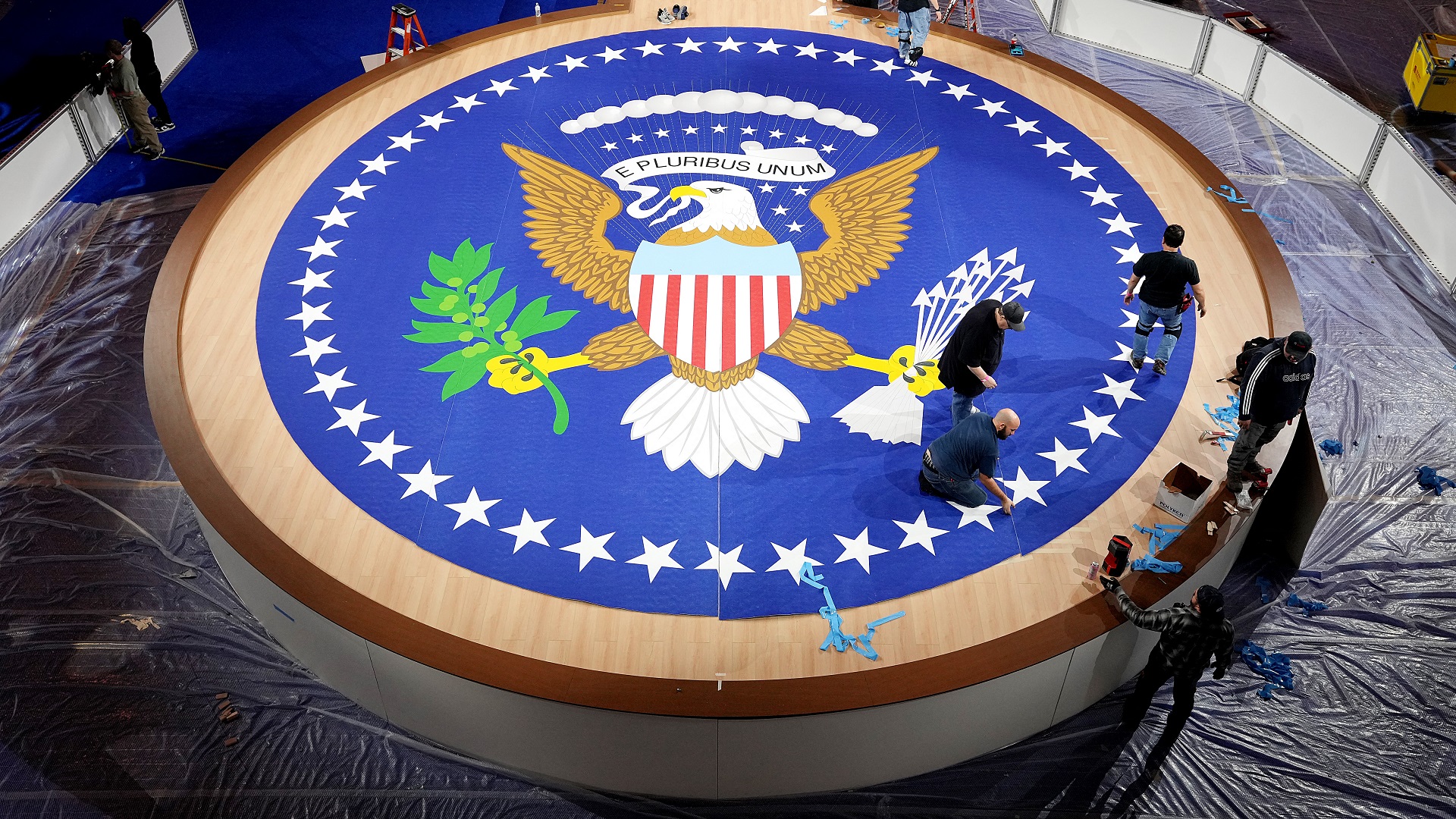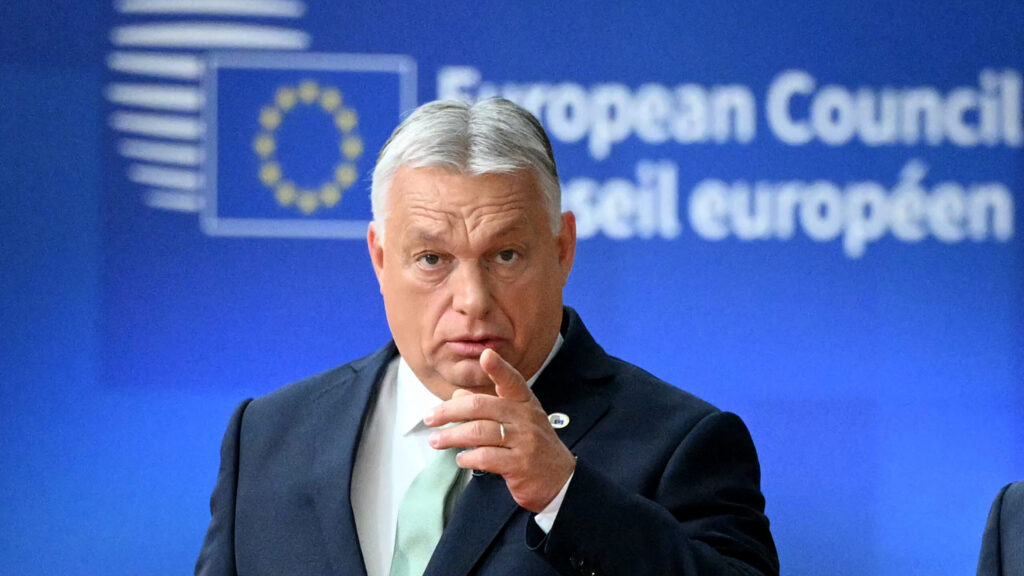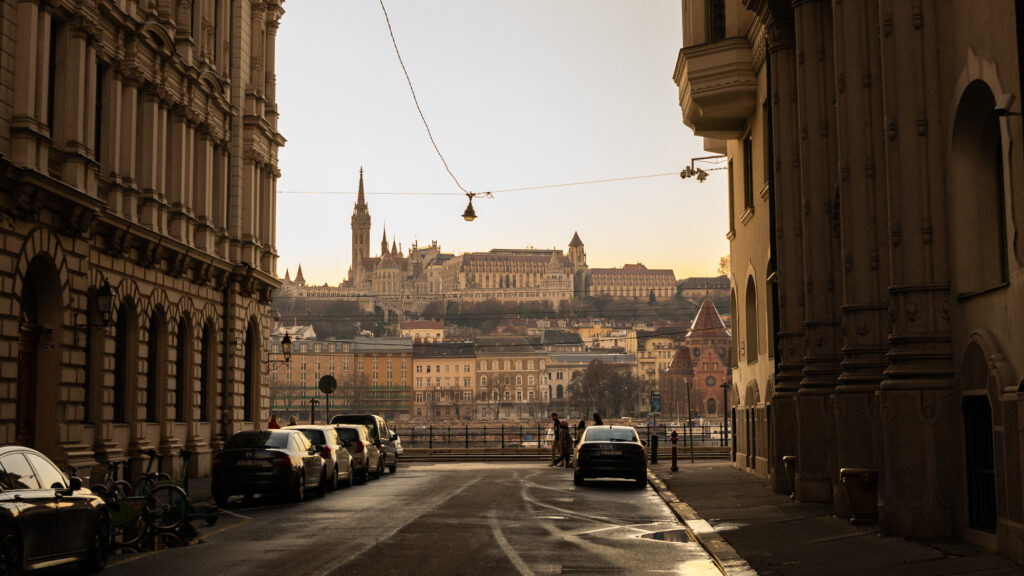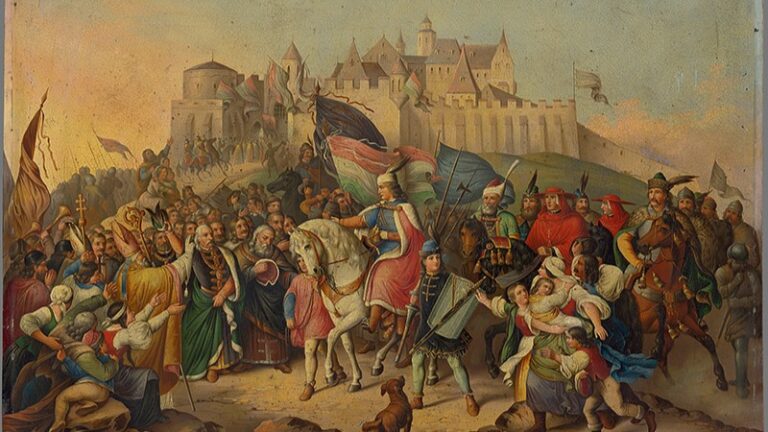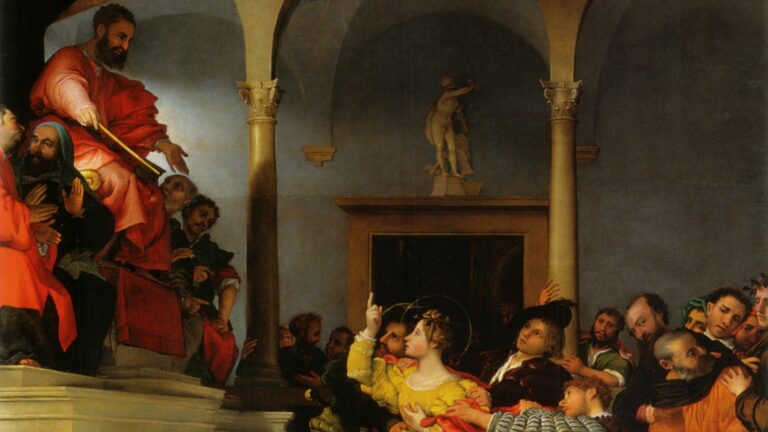Today is Presidents’ Day in the United States. Americans are staying home from school and work across the nation to celebrate the 45 men who got to hold the highest office in the land throughout their history. On this day, the question is often asked: who was the greatest and the worst among them?
To throw our two cents in, here is our subjective ranking of the best and worst Presidents of the United States. For the sake of brevity, we are only ranking the top 10 best and the bottom 10 worst. In this ranking, we also take into account what the person went through (their career before the presidency and their first campaigns) to get to the office, not just their deeds and decisions while serving in office.
1. George Washington
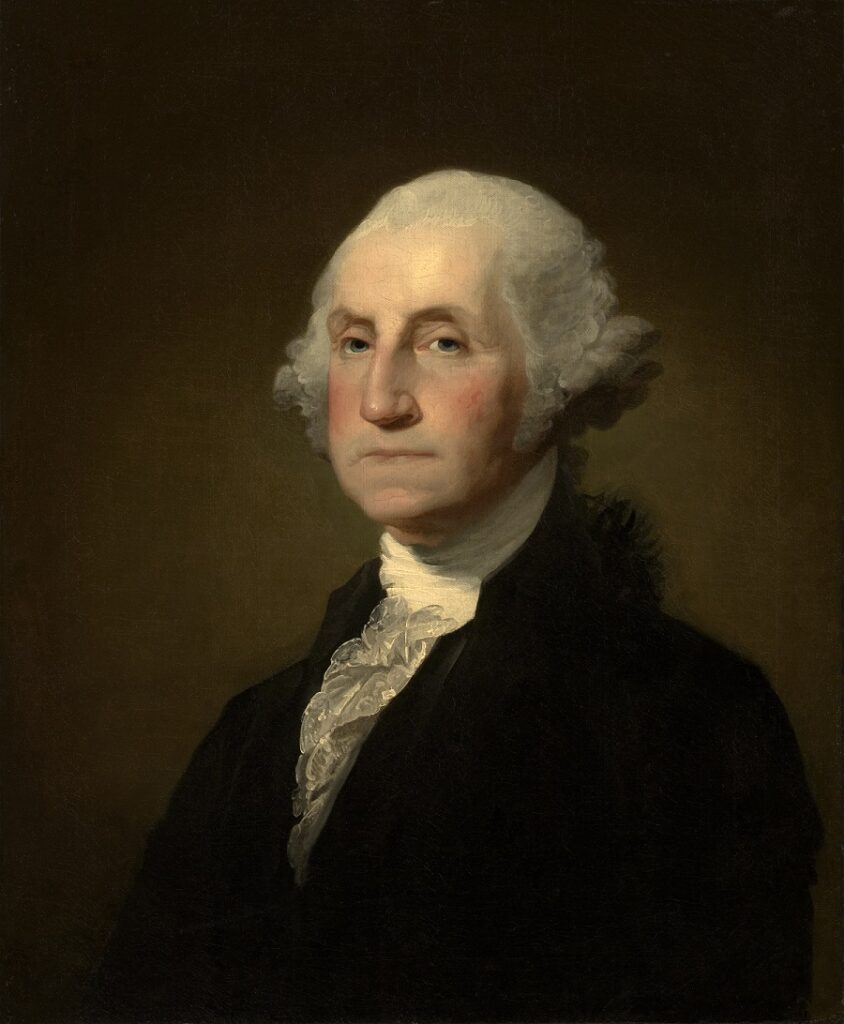
There is no question that George Washington is the nation’s most influential president. The entire presidency was ‘moulded around’ him: the framers of the Constitution had him in mind when they prescribed the powers of the presidency, and once he was sworn into office in 1789, he had to ‘fill in the gaps’, exercise his vaguely defined powers in practice, as he went along. All that at a time when the survival of the Republic was not evident.
In fact, he had to make tough decisions to make sure the United States would live past his time, such as staying neutral in the war between Great Britain and France despite the French aid during the American Revolution, or putting down the Whiskey Rebellion in response to the whiskey tax despite he himself leading a rebellion sparked by overtaxation in the past. Washington was very restrained in his execution of the presidential powers. The two-term limit originally was not a constitutional rule, it was a tradition set by him. In his farewell address, he advised against forming political parties, and he feared party interest may subvert national interest.
2. Abraham Lincoln
There has only been one other President who had to face the real possibility of the end of the Union as we know it: Abraham Lincoln.
He got into office from a party that took a firm anti-slavery stance from its foundation, the Republican Party. This, however, prompted 11 Southern slave states to secede from the Union. Lincoln had to mobilize millions in the North to put down the rebellion and to preserve the Union. While he had to engage in anti-democratic practices to do so, he eventually succeeded in April 1865, just a few weeks after being sworn in to his second term. As the Civil War was winding down, he worked tirelessly to get the 13th Amendment passed by Congress. While he did not live to see it, having been shot by an assassin on 15 April 1865, the amendment was passed and ratified by December 1865, officially outlawing slavery in every state in the nation.
3. Theodore Roosevelt
Theodore Roosevelt ascended to the presidency after the death of William McKinley, having served as the Vice President in his second term. He was just 42 at the time, which is still the youngest anyone has served in the office. He had to follow a highly influential president, who turned the United States into a player on the global stage for the first time—yet he still managed to upstage him.
President Roosevelt continued President McKinley’s imperialistic foreign policy, fighting to keep the Philippines, a territory gained by the US with the victory in the Spanish–American War. Roosevelt personally led troops in that war, serving as the field commander for the 1st United States Volunteer Cavalry Regiment, colloquially known as ‘the Rough Riders’, in the Cuban campaign of the war.
However, he is even better remembered for his domestic policy. His ‘square deal’ platform is often described as ‘the three Cs’: conservation of natural resources, corporate law, and consumer protection. Out of the three, the latter two stand out. ‘Corporate law’ refers to his anti-trust executive action and new legislation, taking on such giants as John D Rockefeller’s Standard Oil; while ‘consumer protection’ mainly refers to the establishment of the Food and Drug Administration.
4. Ronald Reagan
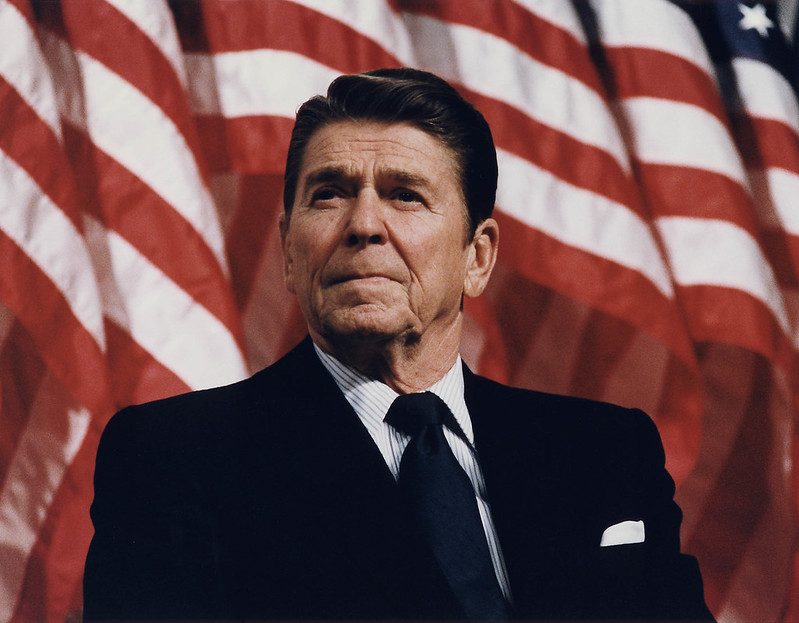
President Reagan oversaw the revival of the American economy: the decade-long struggle with inflation ended under his leadership. All this took place while he signed historic tax cuts into law. By the end of his second term, the Cold War foe Soviet Union was brought to its knees and was on the brink of collapse. What’s more, the American hostages at the American Embassy in Tehran, Iran, taken by young revolutionaries, were freed on the very day he was sworn in in 1981. The American people rewarded his great efforts with a historic, 49-state landslide in 1984.
5. Thomas Jefferson
Prior to the presidency, Jefferson was an instrumental figure in the American Revolution. He was the primary author of the Declaration of Independence.
As President, he oversaw the Louisiana Purchase from Napoleon’s France in 1803, nearly doubling the size of the country for just $15 million. In 1808 he banned the import of new slaves through the Transatlantic slave trade. While in office, he at times abandoned his anti-federalist values for the good of the country. For example, in 1802 he founded the elite military academy in West Point, despite having been against a standing federal army in the past. The 12th amendment, which modernized the presidential election process to its current form, was passed and ratified by Congress under his presidency as well.
6. Franklin D Roosevelt
The second President Roosevelt (the fifth cousin of Theodore Roosevelt) took office in the midst of the Great Depression. While economists like to debate whether his New Deal policies helped or hurt the economy, it is undeniable that he took a lot of action to help the American people with their plight; and some of them, such as the FDIC insurance on bank deposits up to $250,000, are in place and crucial to this day.
President Roosevelt also led the United States in World War II. His financial, then military support of the Allied Forces ultimately led to the defeat of Nazi Germany and Imperial Japan. However, he is also routinely criticized for the internment of Japanese Americans. The increased industrial production during World War II also brought an end to the Great Depression. There was another major historical event that ended under President Roosevelt, and for the better of the American people: prohibition. The prohibition on the sale of alcoholic products, which only prompted an increase in the power and wealth of organized crime groups, was ended by Congress in 1933, after 13 years.
Franklin Roosevelt is the only president in US history not to honour the Washingtonian tradition of the two-term limit. He was elected for a total of four terms, but died early into his fourth term.
7. Harry Truman
It was his third Vice President that had served under him, WWI veteran Harry Truman, who took over President Roosevelt’s post after his death. He did so in quite a consequential time: in the midst of World War II raging on. Truman made the difficult decision to deploy two atomic bombs on Japan in 1945, forcing Japan to surrender as well after Germany. In the aftermath, the Truman administration made sure that Europe was not left in devastation, unlike after World War I, with the Marshall Plan. President Truman also oversaw the creation of the state of Israel. On the domestic front, he desegregated the armed forces: black and white Americans were fighting side by side for the first time since the Revolutionary War.
The American media and political class were sure he was going to lose his re-election bid in 1948. The Southern ‘Dixiecrats’ left the Democratic Party in protest of his desegregation efforts. Despite all that, he managed to win the election in 1948—this is where the iconic photo of him holding up a newspaper with the headline ‘Dewey Defeats Truman’ comes from.
8. Dwight D Eisenhower
He is the third president serving consecutively after the previous one on our list—World War II and the time immediately after was a highly tense, consequential time in history, which demanded great leadership in the US.
President Eisenhower served as the Supreme Commander of the Allied Forces in World War II, and was the primary man in charge of the planning and execution of Operation Overlord, including the famous landing in Normandy. As President, he presided over the first conflicts of the Cold War, such as the Korean War, and the economic boom of the post-WWII era. Television became widespread in American households during this period of time, and President ‘Ike’ made sure to capitalize on that with his memorable animated campaign songs in his 1952 election. Continuing the New Deal-type massive public investments, the Eisenhower administration funded the construction of the interstate highway system as well.
9. Ulysses S Grant
Back to another highly consequential time in American history, the Civil War. President Grant and Truman are the only two POTUS in the top 10 of our list who were actually quite unpopular by the time they left office. The economic downturn now known as the Panic of 1873, which started under his presidency, used to be referred to as ‘the Great Depression’ before the Great Depression of the 1930s.
However, his contribution to the Civil War and the advancement of former slaves during his presidency cannot be overlooked. He delivered the final blow to the Confederacy in the Western theatre with the successful siege of Vicksburg in 1863; then took over command of the Army of the Potomac in the Eastern theatre, and remained in charge until the surrender of General Lee at Appomattox Court House in 1865.
He took office as President after President Johnson, and had to work hard to rein in the white supremacist groups terrorizing newly freed black people in the South that were allowed to run rampant under his predecessor. While that process was riddled with corruption, the transcontinental railroad system was finished under his watch as well.
10. James Polk
He is the only rather obscure President in our top 10. His relative oblivion is mostly due to the fact that, by his own volition, he only served one term. In that one term, however, he managed to fulfill all his ambitious campaign promises.
He was able to annex Texas and California after winning the Mexican–American war, and got Oregon territory from the United Kingdom through diplomatic negotiations. He also fulfilled his promise of lowering tarrifs, and created an Independent Treasury to manage government funds and assets (as opposed to using private and state banks to do so, as it was done prior).
And now, here are our choices for the top 10 worst presidents to ever serve the United States.
36. Gerald Ford
Ford is America's only unelected President, as he was not on the ticket with President Nixon in the 1972 election. Rather, he was chosen by Congress as the new Vice President after the resignation of Spiro Agnew. Once he got into office, he angered many of the American people with his blanket pardon to his predecessor after the Watergate scandal. He could not do anything to help with the high inflation that had been hurting the voters either. He ran for re-election, trying to win a term of his own, but was defeated by Jimmy Carter in 1976.
37. Woodrow Wilson
World War I was another highly consequential time in American history that would have required a great leader of the United States. While President Wilson was highly regarded by historians for a long time, it is becoming increasingly clear that he was not that leader.
Perhaps his greatest sin on the domestic front was the overzealous prosecution of his critics during the war. President Lincoln took similar measures during the Civil War, however, the greatness of his other conduct is typically seen as outweighing those acts, which is not the case for Wilson. Before the war, he chose to segregate the federal government, and let the Ku Klux Klan rise to prominence in the South again, after staying dormant for decades. In the 1916 election he ran under the slogan 'He kept us out of war', then joined World War I only weeks after being sworn in to his second term. The Treaty of Versailles, which his administration oversaw, directly led to the rise of Adolf Hitler and the Third Reich in Germany a decade later. He is the only two-term President in our bottom 10.
38. Joe Biden
President Biden has just finished his single term in office, but polls already show that the American people will not view him favourably in the decades to come.
He had to face constant questioning of his mental abilities during his time in office. Communication skills are highly important for Presidents, especially in the 21st century with constant media demand, and President Biden was often struggling to form coherent sentences in his advanced age. Inflation was also high throughout his presidency. On the foreign policy front, Russia invaded Ukraine under his watch as well. He eventually was not even renominated by the Democratic Party. After his party's defeat by Former President Donald Trump, he decided to further damage his reputation by issuing a blanket pardon to his son Hunter Biden, despite his previous commitment not to do so.
39. Jimmy Carter
This seems to be a recurring theme in our bottom-ranked presidents: President Carter also served in a high inflationary period. In addition, he was unable to free the American hostages in Tehran before his successor took office; and gave away the Panama Canal in 20 years' time in order not to push Central American countries closer to the USSR. However, by the time the deal fully went into effect in 1999, the Soviet Union had already ceased to exist. This is not something President Carter could have known at the time—however, giving away the Canal was still a major folly.
40. Rutherford B Hayes
President Hayes' was handcuffed by the unusual circumstances in which he got into office. Accordingly, he was not able to accomplish much. He won the most disputed, and probably the most fraudulent election in American history, the election of 1876—and, as we wrote above, the way a person had got to the presidency is also taken into account in our ranking.
As part of the deal that allowed him to become President, he had to pull federal troops out of the South, ending Reconstruction prematurely after the Civil War.
41. Warren Harding
While Harding could never be elected to a second term due to his death in 1923, there is little doubt that the American people would have backed him in the 1924 election. He was very popular during his time in office—so, what is he doing in this (and most other) ranking of the worst Presidents?
The Teapot Dome scandal, in which members of his administration leased oil fields for reduced costs in exchange for bribes, was considered the greatest political scandal in American history before Watergate. His Interior Secretary Albert Bacon Fall became the first US cabinet member to be sentenced to prison in the aftermath. However, most of this information became public after President Harding's death.
President Harding is also often described as someone who did not take the hardest job on the planet very seriously. He regularly hosted social gatherings in the White House where, despite the prohibition that had just gone into effect, he served alcohol. In addition, he had extramarital affairs. What is more of an embarrassing fact rather than a major scandal, letters to one of his mistresses reveal that he nicknamed his penis 'Jerry'.
42. Franklin Pierce
Pierce is one in the line of weak, one-term presidents leading up to the American Civil War. He was battling with alcoholism while serving in the Executive Mansion. However, that is not why most historians have such a low opinion of him.
He supported and signed into law the Kansas–Nebraska Act, allowing for 'popular sovereignty' to decide whether the two new states joined as free states or slave states. The result was a series of bloody skirmishes between abolitionist and pro-slavery mobs, mainly in Kansas. This period of time was dubbed 'bleeding Kansas' and is considered a major escalation towards the Civil War.
43. Herbert Hoover
Herbert Hoover ended the post-Civil War Republican dominance of the White House. The stock market crash of 1929 turned into the Great Depression under his watch. Because of his free-market thinking, he did little to intervene and help in the beginning. When he eventually did try to step in, he only made things worse, with the passing of the Smoot–Hawley Tariff Act in 1930. Americans largely blamed him for their economic plight. The newly emerged homeless encampments were dubbed 'Hoovervilles' by his contemporaries, for example.
44. James Buchanan
James Buchanan was still in office when the secession crisis broke out following the election victory of Abraham Lincoln. Not only did he do nothing to stop Southern states from seceding, but his Secretary of War John B Floyd was transporting federal arms to armories in Southern states, in order to help the South in case of a Civil War. Also, President Buchanan was a vocal supporter of the Dred Scott decision by the Supreme Court, which ruled that African slaves were not and could never become US citizens.
45. Andrew Johnson
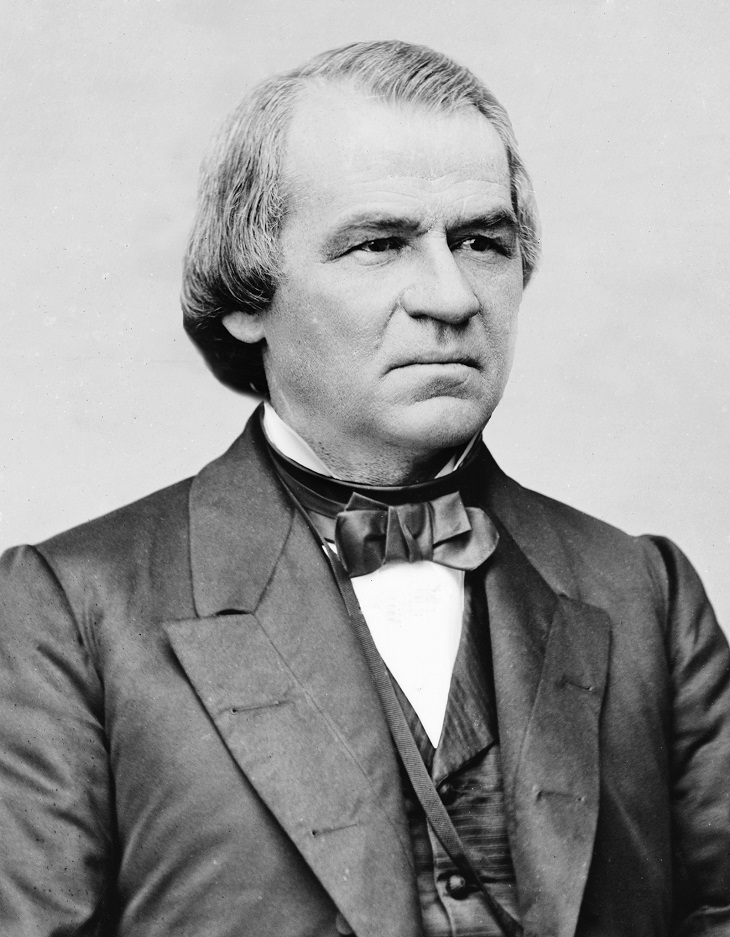
Andrew Johnson was a Democrat Senator from Tennessee, who chose to stay loyal to the Union despite his state seceding—he certainly deserves some historical credit for that. However, for not much else.
He was selected to be on the ticket with Abraham Lincoln in 1864 because Lincoln was terrified of not being re-elected (the last President to be re-elected at the time was Andrew Jackson in 1832), so he chose a running mate from the opposing party for wider appeal. However, that turned out to be not necessary, as President Lincoln was re-elected in a landslide, mostly due to the fact that Southern states did not participate as they were still in rebellion. When President Lincoln was assassinated on 15 April 1865, Johnson, a man with widely opposing views from Lincoln and his cabinet, ascended to the presidency.
This, evidently, led to some serious tensions in American leadership. President Johnson escaped removal from office by the Senate by just one vote after his impeachment. His worst sin, however, was stopping the federal programmes that aimed to help newly freed black people in the South and letting the Ku Klux Klan run rampant in Southern states. He was overly lenient with former Confederates as well, issuing pardons to over 10,000 of them.
Related articles:

